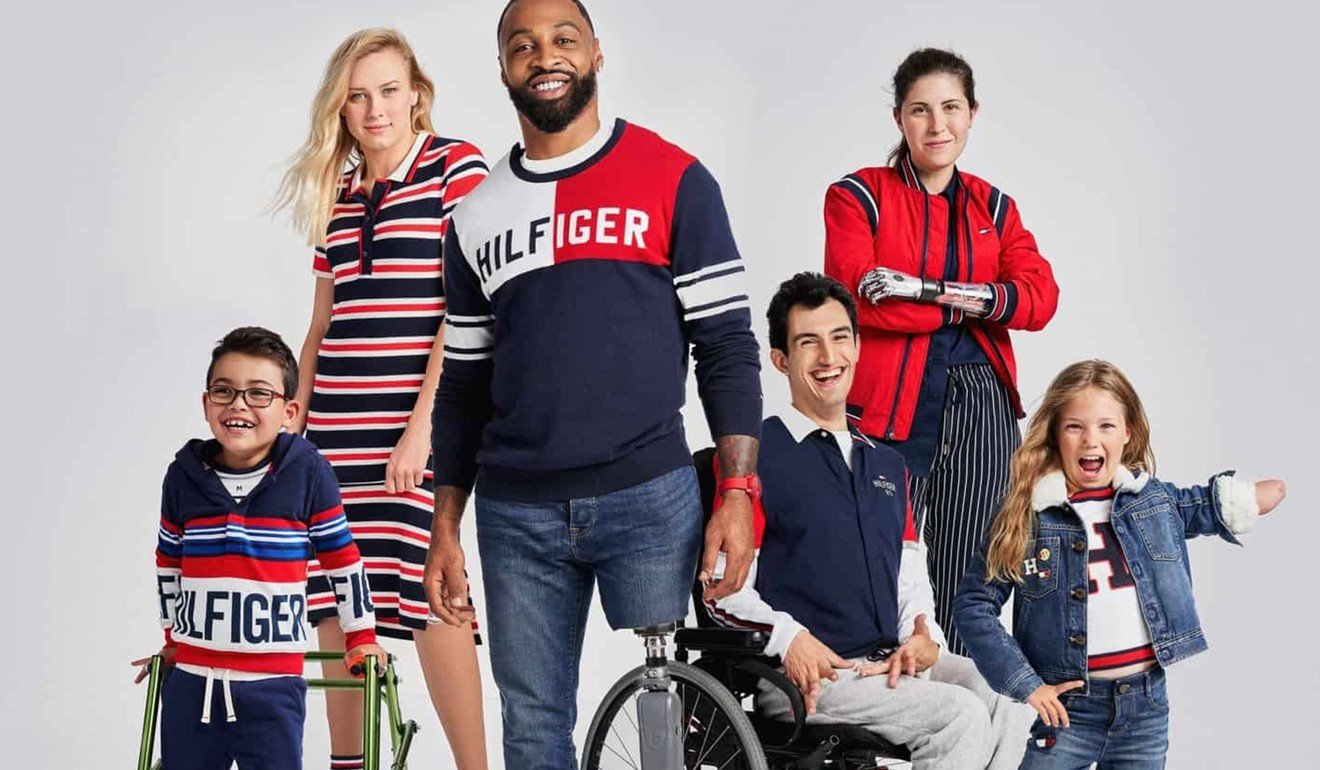
Diversity in advertising makes business sense
- Global brands stand to improve their image and gain more customers when their publicity transcends social and cultural barriers

There are those who brand such efforts as cosmetic gestures or public relations stunts. Increasingly, international brands will cast one or two models of different ethnicities as a token to shield them from being labelled racist. In any case, they are the minority. The use of white models with “ideal” body types remains the mainstream in the advertising industry. The recognition of individuals being different and imperfect is still underappreciated.
That said, the growing trend of using models with different backgrounds is a step towards nurturing diversity and inclusion. In the world of business, those who embrace equality for the disabled and the LGBT community are in a better position to attract and retain talent. Likewise, global brands stand to improve their image and gain more customers when their publicity transcends social and cultural barriers.
Advertising thrives on pluralism and innovation. It helps change perceptions by breaking away from stereotypes. It is good that more firms have abandoned the conventional and that, hopefully, can promote a wider acceptance of diversity.

